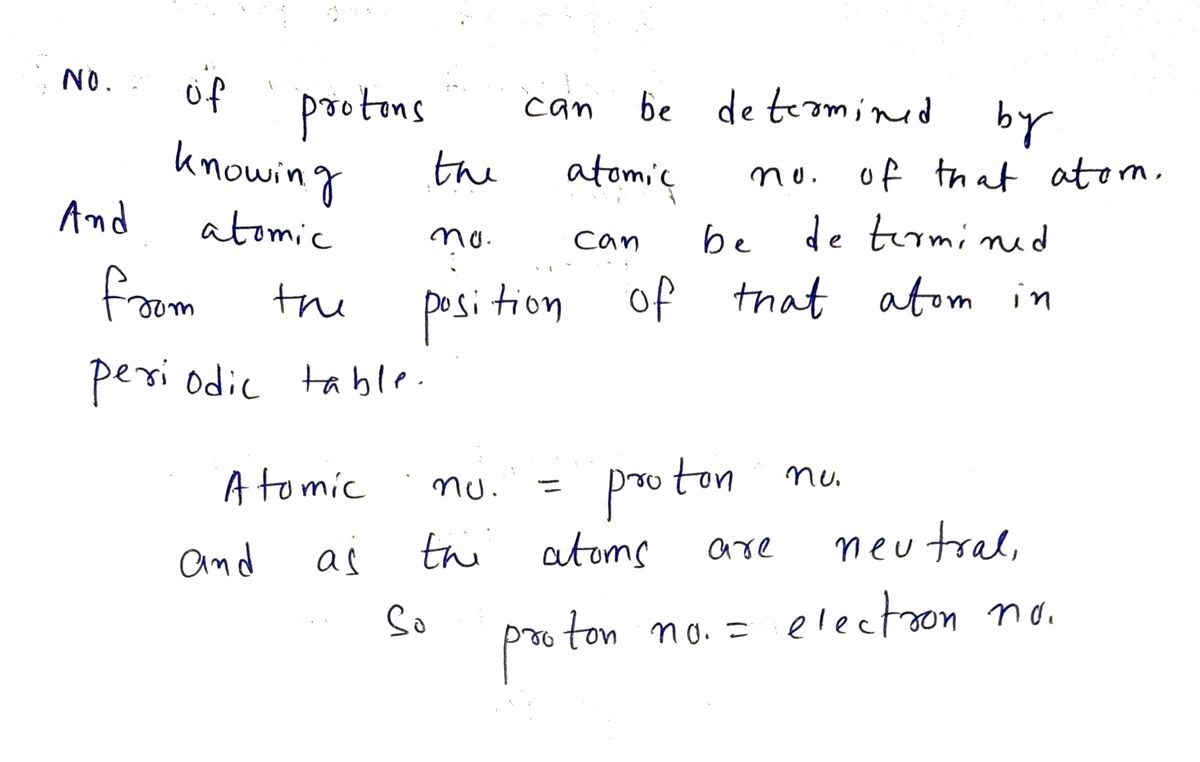Use periodic table to answer this question: Which of the following elements has the most protons? N H 2 9.01211 3 Na Mg 5 Rb Sr 85.4678 87.62 6 132.903 137-32 O Hydrogen (H) O Magnesium (Mg) O Phosphorus (P) O Carbon (C) 5 231 036 238 079 82 E 11 12 13 PFL S181216 262 14 15 2008.98 (230) 15 08112139 168934 173,054 17 10161-13 210 1250 (21-41 [262] 18
Types of Chemical Bonds
The attractive force which has the ability of holding various constituent elements like atoms, ions, molecules, etc. together in different chemical species is termed as a chemical bond. Chemical compounds are dependent on the strength of chemical bonds between its constituents. Stronger the chemical bond, more will be the stability in the chemical compounds. Hence, it can be said that bonding defines the stability of chemical compounds.
Polarizability In Organic Chemistry
Polarizability refers to the ability of an atom/molecule to distort the electron cloud of neighboring species towards itself and the process of distortion of electron cloud is known as polarization.
Coordinate Covalent Bonds
A coordinate covalent bond is also known as a dative bond, which is a type of covalent bond. It is formed between two atoms, where the two electrons required to form the bond come from the same atom resulting in a semi-polar bond. The study of coordinate covalent bond or dative bond is important to know about the special type of bonding that leads to different properties. Since covalent compounds are non-polar whereas coordinate bonds results always in polar compounds due to charge separation.
![Use periodic table to answer this question: Which of the following elements has the most
protons?
H
2 Li Be
9.01211
3
6
Na Mg
29
Rb Sr Y
87.62
132.905 137.327
O Hydrogen (H)
O Magnesium (Mg)
O Phosphorus (P)
O Carbon (C)
4
5
231 036 238 129
269
8121
11
12
13
31 21 21
51861
1813 181
14
8151211
15
200.98
[200]
167 259 168994
[28/7 [250]
16
17
18
K](/v2/_next/image?url=https%3A%2F%2Fcontent.bartleby.com%2Fqna-images%2Fquestion%2F0caf8f5e-a4e8-4876-9244-ea0a06fea2f2%2Ffb11557f-56c2-46b5-9b5c-6e7035f2e945%2Fmjlfwsa_processed.jpeg&w=3840&q=75)
![Match each of the following numbers to the measurement it is closest to.
Note that:
10^4 = 104
10^10 = 1010
10^-10 = 10-10
10^23 = 1023
Age of the known universe, in years
Size of the known universe, in miles
Age of the oldest human civilization, in
years
Size of an atom, in meters
[Choose]
[Choose ]
[Choose ]
[Choose ]](/v2/_next/image?url=https%3A%2F%2Fcontent.bartleby.com%2Fqna-images%2Fquestion%2F0caf8f5e-a4e8-4876-9244-ea0a06fea2f2%2Ffb11557f-56c2-46b5-9b5c-6e7035f2e945%2Ffo91e2m_processed.jpeg&w=3840&q=75)
ACCORDING TO ANSWERING GUIDELINES I WIL ANSWER ONLY THE FIRST ONE,IF YOU WANT THE REST POST THEM SEPARATELY.

Step by step
Solved in 3 steps with 3 images









